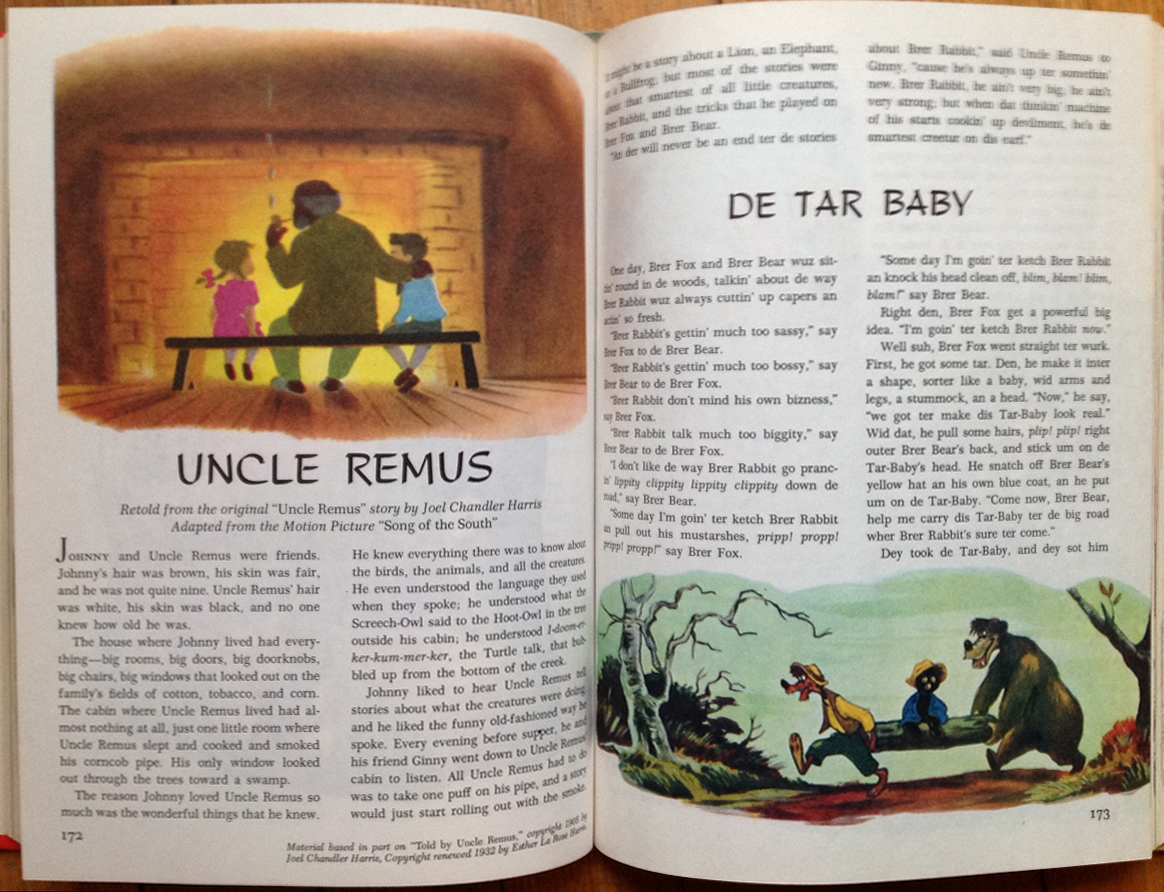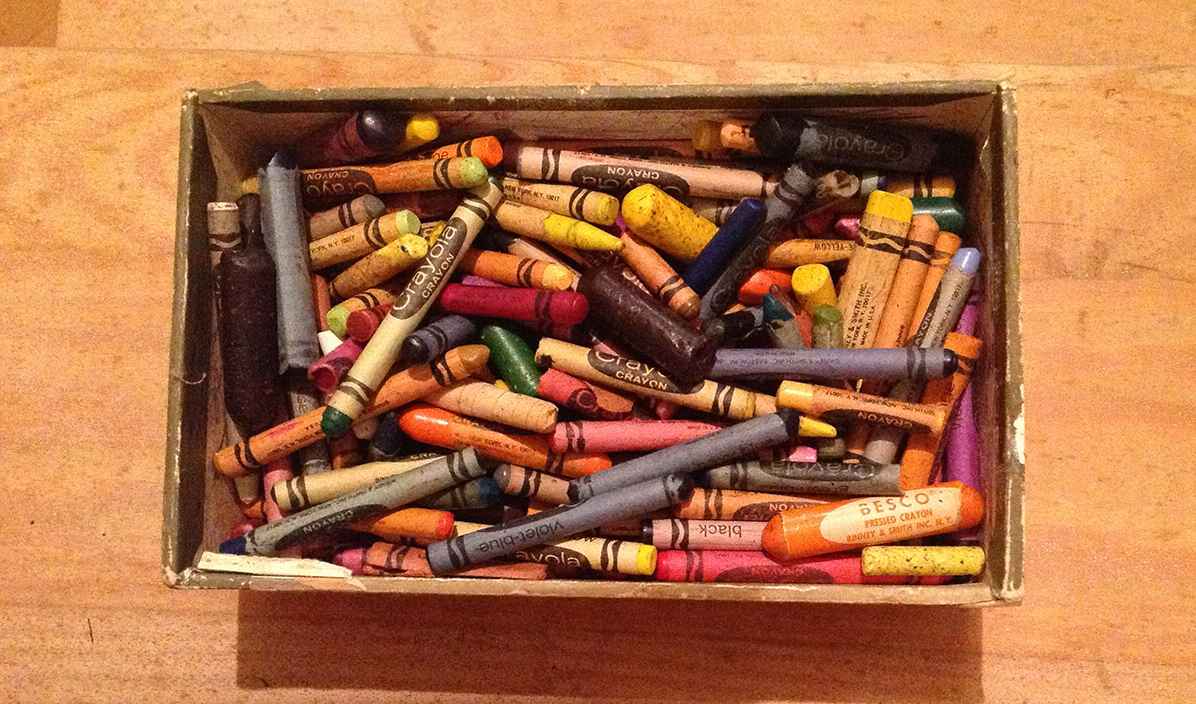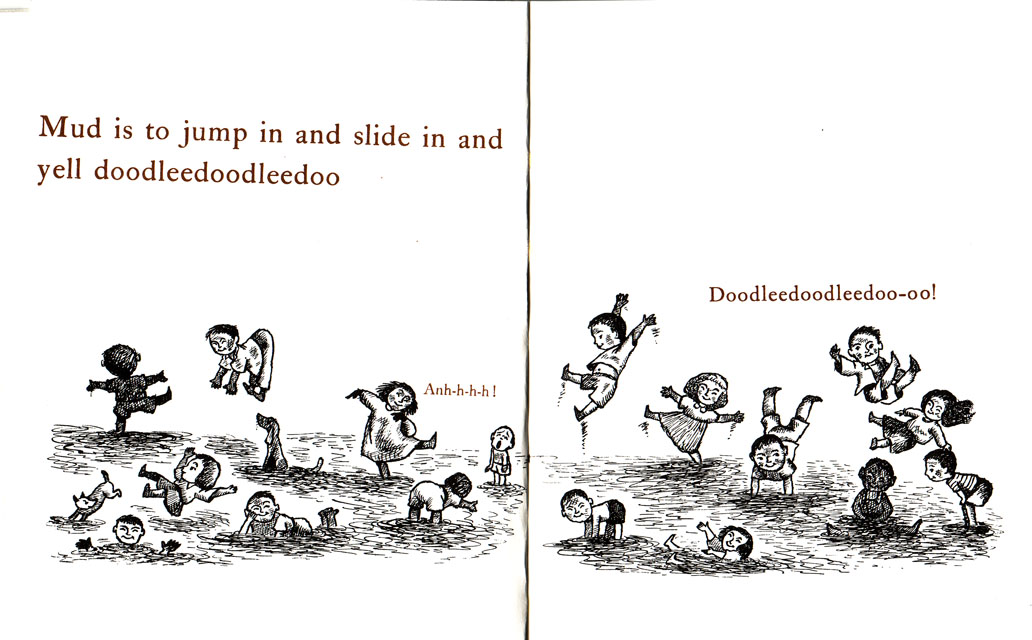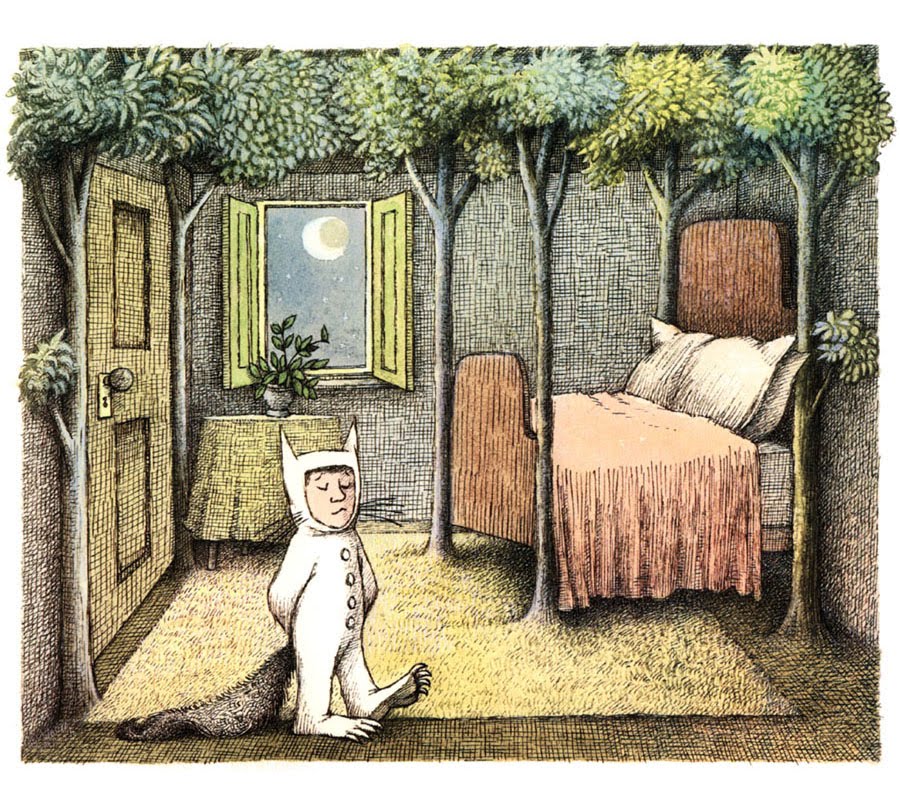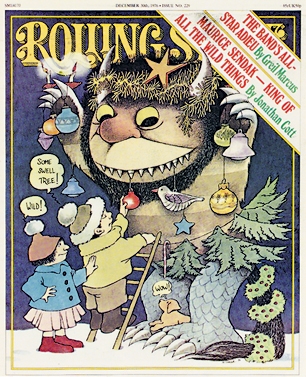Created Equal: The Planned Integrated Community of Village Creek, Conn.
For America’s Independence Day, here’s a little-known chapter in the history of American anti-racism. Following the Second World War, progressives founded a dozen planned integrated communities across the country. While working on my biography of Crockett Johnson and Ruth Krauss, I learned about one of those communities – a section of Norwalk Connecticut directly adjacent


